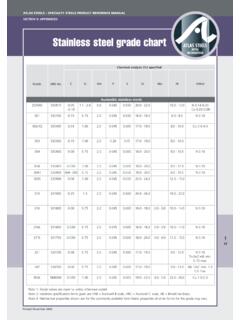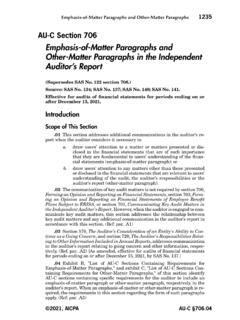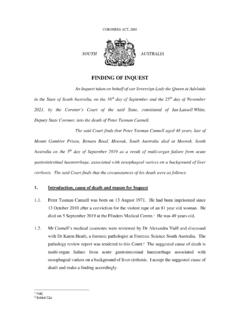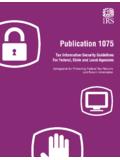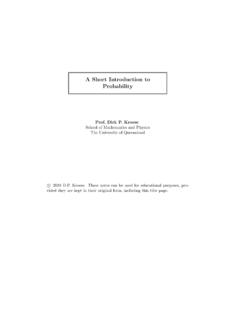Transcription of Atlas Grade datasheet 316 rev Jan 2011 - Atlas Steels
1 Grade Data Sheet316 316L 316 HRevised Jan 2011 Page 1 of 316 is the standard molybdenum-bearingaustenitic Grade , second stainless steel inimportance to 304. The molybdenum gives 316better overall corrosion resistant propertiesthan Grade 304, particularly higher resistanceto pitting and crevice corrosion in chlorideenvironments. It is readily brake or roll formed,welded, soldered and cut by both thermal andmechanical methods. The austenitic structuregives excellent toughness, even down tocryogenic 316L, the low carbon version of 316, ishighly resistant to sensitisation (grain boundarycarbide precipitation) and so is extensively usedin heavy gauge welded components (about5mm and over). Grade 316H, with its highercarbon content has some application at elevatedtemperatures, as does stabilised Grade versions also exist as316N and 316LN.
2 Only 316 and 316L are readilyavailable in Australian ResistanceExcellentinarangeofatmospheric environments and many corrosive media -generally more resistant than 304. Subject topitting and crevice corrosion in warm chlorideenvironments, and to stress corrosion crackingabove about 60 C. Considered resistant topitting corrosion in potable water with up toabout1000mg/Lchloridesatambienttempera tures, reducing to about 300mg/L at60 is usually regarded as the standard marinegrade stainless steel, but it is not fullyresistant to sea water. In many marineenvironments316doesexhibitsurfacec orrosion, usually visible as brown staining. Thisis particularly associated with crevices andrough surface finish. Consult Atlas is usually no difference in corrosionresistance between 316 and ResistanceGood oxidation resistance in intermittentservice to 870 C and in continuous service to925 C.
3 Continuous use of 316 in the 425-860 Crange is not recommended if subsequentaqueous corrosion resistance is 316L is more resistant to carbideprecipitation and can be used in the abovetemperature range. Grade 316H has higherstrength at elevated temperatures and issometimes used for structural and pressure-containing applications at temperatures aboveabout 500 C, but the titanium stabilised grade316Ti is often a more appropriate TreatmentSolution Treatment (Annealing)Heat to 1010-1120 C and cool rapidly. Thesegrades cannot be hardened by weldability by all standard fusionmethods, both with and without filler metals. pre-qualifies welding of 316 with Grade316 and 316L with Grade 316L rods orelectrodes (or their high silicon equivalents).Heavy welded sections in Grade 316 requirepost-weld annealing for maximum corrosionresistance.
4 This is not required for 316L. Grade316Ti may also be used as an alternative to 316for heavy section Ugima improved machinability version ofgrade 316 is available in round and hollow barproducts. Ugima machines significantly betterthan standard 316 or 316L, giving highermachining rates and lower tool wear in manyoperations. Dual Certification It is common for 316 and 316L to be stocked in Dual Certified form, particularly in plate, pipeand round bar. These items have chemical andmechanical properties complying with both 316and 316L specifications. Such dual certifiedproductmaybeunacceptableforhigh temperature Architectural panelling, railings &trim. Boat fittings. Chemical containers. Heatexchangers. Screens for mining, quarrying &water filtration. Threaded fasteners. Data Sheet316 316L 316 HRevised Jan 2011 Page 2 of PropertiesThese properties are specified for flat rolled product (plate, sheet and coil) in ASTM A240 but not necessarily identical properties are specified for other products such as pipe andbar in their respective Specification (%) Property SpecificationHardnessGradeTensileStrengt h(MPa)minYield Proof(MPa)minElongation(% in50mm)minRockwell B(HR B)maxBrinell(HB)max3165152054095217316L4 851704095217316H5152054095217316H also has a requirement for a grain size of ASTM No 7 or Properties(typical values in the annealed condition)Mean Coefficient of ThermalExpansionThermalConductivityGrade Density(kg/m3)ElasticModulus(GPa)0-100 C( m/m/ C)0-315 C( m/m/ C)0-538 C( m/m/ C)at 100 C( )at 500 C( )SpecificHeat0-100 C( )ElectricalResistivity(n.)
5 M)316 &316 Specification 316L316HS31609----These comparisons are approximate only. The list is intended as a comparison of functionally similarmaterialsnotas a schedule of contractual equivalents. If exact equivalents are needed originalspecifications must be Alternative GradesGradeWhy it might be chosen instead of 316316 TiBetter resistance to temperatures of around 600-900 C is strength than standard resistance to chlorides than 316L, but with similar resistance to stress / 444 Lower cost in thin gauge sheet and coil. F18MS (444) is a readily fabricated ferritic higher resistance to chlorides at elevated temperatures, with good formability2205 Much higher resistance to chlorides at elevated temperatures, and higher of LiabilityThe information contained in this datasheet is not an exhaustive statement of all relevant information. It is ageneral guide for customers to the products and services available from Atlas Steels and no representation ismade or warranty given in relation to this document or the products or processes it describes.



